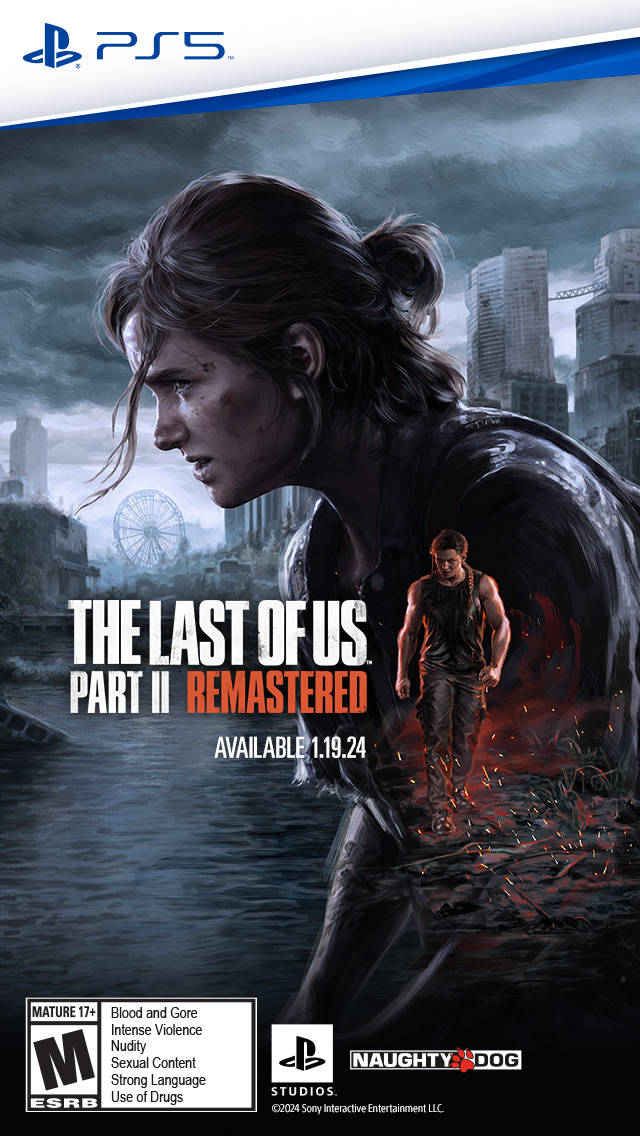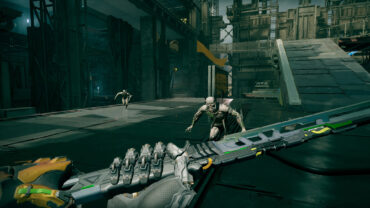Most management sims give you the freedom to play however you want. Turn your little city into a police state. Delete the ladder from the pool and see what happens. Planet Zoo is a little different in that regard. Animal conservation is not only a big part of the game, but essential to finding any success. Fail to provide your animals with enrichment, and they’ll become lethargic or stressed, and before long protesters show up in droves, tanking your profits. On top of that, the in-game economy for purchasing animals is based almost entirely on how effectively your zoo works to support conservation efforts. Unless you’re working towards animal conservation, good luck getting anything beyond another peafowl!
Planet Zoo is not the first video game to tackle the difficult subject of animal conservation. Frontier Developments’ zoo sim owes an awful lot of its design to the Zoo Tycoon series, the first of which was released in 2001 by Blue Fang Games. Over the years since, the approach and philosophy of animal conservation has evolved dramatically. To get a better perspective on how the approach to animal conservation has changed, both in gaming and the real world, we spoke with conservation experts at the Kansas City Zoo as well as some of the team who worked on the original Zoo Tycoon series for the now defunct Blue Fang Games.
Gamification
Hank Howie, who co-founded Blue Fang Games in 1998 and served as company president, laughs about the origins of Zoo Tycoon. “Originally, Blue Fang was supposed to do a game about dragons, but that was way too big for our small team. So we did some consulting work, and soon everyone on the team is talking about RollerCoaster Tycoon,” he remembers. “So we said, ‘Tycoon games are hot. What kind of tycoon game would work for us?’ Originally, the design team settled on Airport Tycoon.”
Right away, Howie disliked the idea for a simple reason: “Theme parks are fun. Airports are awful. No one wants to spend more time dealing with airports. But everyone loves animals.” The team pivoted to the idea of a zoo builder, and the concept of “everyone loves animals” drove much of Zoo Tycoon’s philosophy about animal conservation. Howie says that very early on, it became extremely important to portray zoos in a positive light. “We wanted to focus on the positive impact zoos have in the western world. Conservation and the preservers of those animals were very much integrated into our design process.”
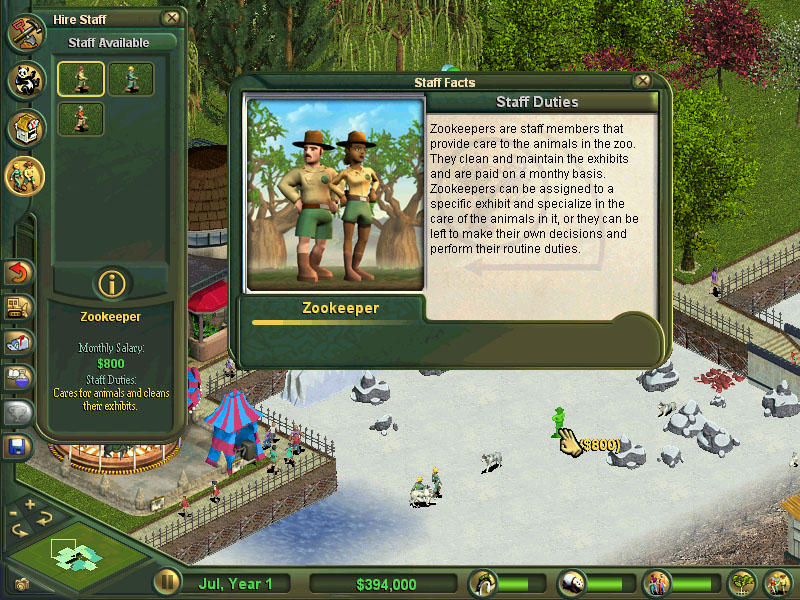
Credit: Microsoft
Shawn Stone, a designer at Blue Fang who worked on many of the Zoo Tycoon expansions and sequels, remembers the team starting by visiting nearby zoos and soon expanding to several different zoos around the country in order to learn the different approaches to animal conservation. “Conservation was always a core design philosophy,” he says. “We wanted people to understand animal plights, especially when we started getting feedback from players. We had a huge number of players saying how much they enjoyed learning as they were having fun with the game.”
Stone distinctly remembers seeing the way zoos that the team visited changed their approach to conservation as the Zoo Tycoon series moved forward. “When we started at these zoos, conservation meant information signs and donation buckets,” he says. “But within just a few years, that all started to change. Soon, we were seeing things like, ‘Come meet this animal,’ zoo sleepovers, hands-on activities—all sorts of innovative stuff. It made us want to continue pushing the educational aspects of Zoo Tycoon… Maybe we could help make a difference.” As expansions and sequels to Zoo Tycoon released, the approach to conservation had to evolve to keep up with what these real-world zoos were doing.
Giving agency
Sean Putney, senior director of zoological operations for the Kansas City Zoo, has been helping to shape the zoo’s approach to animal conservation for over a decade now. In his time working with the Kansas City Zoo, Putney has noticed massive changes in the way we work towards animal conservation. Ultimately, it boils down to a key concept: empathy.
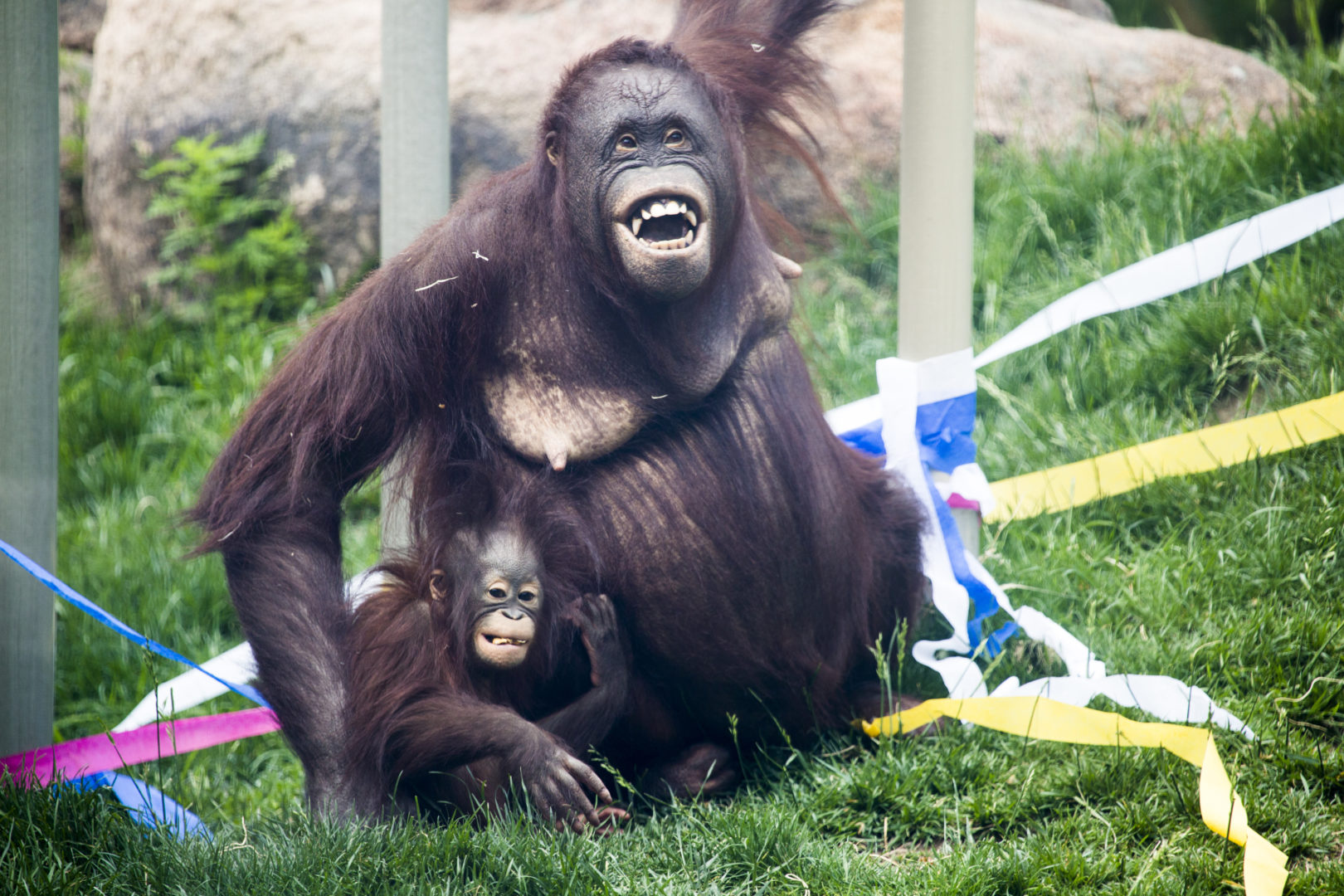
Courtesy Kansas City Zoo
“A sign telling you about where an orangutan lives is informational, but no kid wants to stand at a zoo and read about the destruction of a habitat,” Putney says. “Adults might read it, say, ‘That’s too bad,’ and move on. So we started asking ourselves how we could get people to care beyond just telling them that they should.” That meant helping guests to understand what these animals were actually experiencing.
Now, when guests approach the orangutan exhibit at the Kansas City Zoo, they’ll find all sorts of interactive tools to help them empathize with and understand the animals they’re looking at. Children can see the rate at which orangutans grow compared to humans, touch and hear what their natural habitat sounds like, and view how humanity is affecting the areas in which the animals live. Just like that, children will start asking questions: Why are we doing this? What can we do to fix it?
Putney says that those questions are key. “As kids continue to grow and expand their minds, the zoo becomes a place to both learn about conservation and utilize the things they’ve learned to make the world a better place,” he says. Suddenly, those kids want to learn more about the animals they’ve come to understand—and how they can help them.
Tycoon dreams
This evolution of real world conservation efforts had a huge impact on the design philosophy of the Zoo Tycoon games. As the team at Blue Fang continued to develop expansions and sequels, they started expanding their visits to even more zoos, not just in the U.S. but around the world. They wanted to start gathering different philosophies surrounding animal conservation and bringing them together within the Zoo Tycoon games. And they continued to get feedback about the impact the series was having.
When Zoo Tycoon was first released, gaming was still largely viewed as both a children’s activity and a boy’s activity. However, the demographics were dramatically different for Zoo Tycoon. Howie recalled that Blue Fang’s publishing partner, Microsoft, was impressed by the wide demographic that was invested in the franchise. “It doesn’t sound like much nowadays,” he says. “But we had a huge share of female gamers, a huge share of gamers in their fifties and sixties, all brought together and playing our game. It was really something.”
To the team, Zoo Tycoon’s ability to reach a variety of demographics meant that the game could serve as a great way to get a positive message out there. And the team’s “everyone loves animals” philosophy continues to ring true in modern day zoo sims like Planet Zoo.
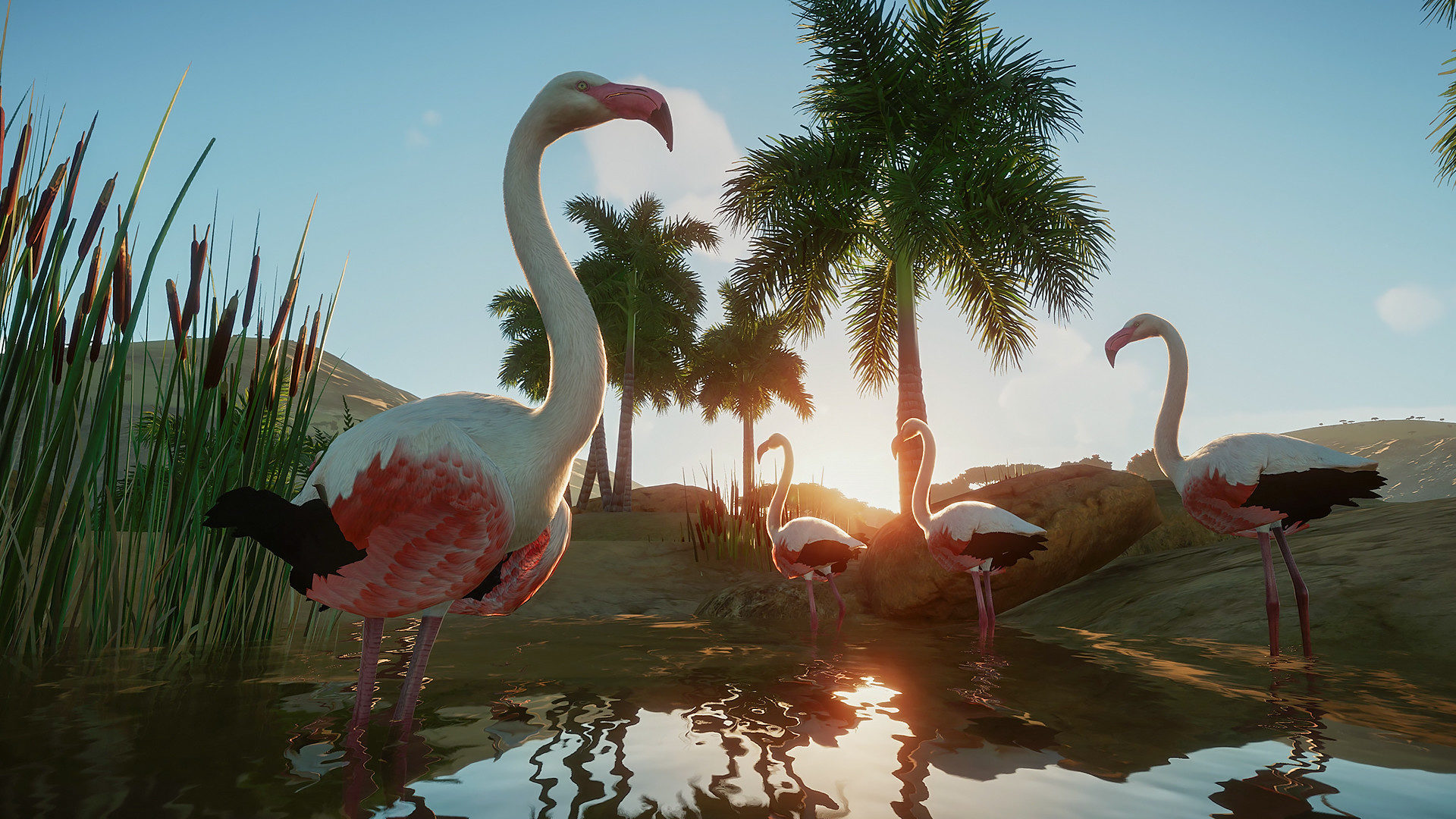
Credit: Frontier Developments
Saving the Planet (Zoo)
Stone continues to visit zoos, though he does so now with his family, rather than his development team. He’s also played plenty of Planet Zoo, and he’s impressed with how developer Frontier has continued to integrate conservation elements into the game’s design. “We had worked on some design for Zoo Tycoon 3, but we eventually scrapped that title as the company started moving away from PC development,” he says. “But I do see a lot of ZT3 in Planet Zoo.”
Rather than simply telling players about the animals that populate the zoos, Planet Zoo rewards players for researching and learning about habitats, eating habits, and the like. The longer animals stay in exhibits, the more the in-game researchers—and, by extension, the players—learn about what makes them tick. Building more in-depth exhibits makes for happier, healthier animals, increasing the happiness of guests and encouraging them to spend more time and money to watch those animals.
In turn, this helps fuel the in-game economy. As animals continue to thrive and have babies, players can release those animals to the wild or transport them to zoos operated by others. This brings in Conservation Credits, a currency which enables players to build even bigger and better exhibits. On one hand, Planet Zoo’s focus on conservation is a way to hook players and keep them coming back. But it does teach players elements of animal conservation without them even realizing. By making education and empathy fun, conservation efforts are much more likely to thrive.
Full circle
Putney says that the key to making a difference with animal conservation is to make it interesting: “If it isn’t fun, people just don’t care,” he says. He hopes that games like Zoo Tycoon and Planet Zoo continue to find success because of how much information about conservation they can get out there. These games also have a way of impacting people who may not have access to zoos with quality conservation efforts, helping to foster interest in a much wider audience.
“Conservation is incredibly important to the health of the planet,” he says, “and it’s going to take an all hands on deck approach to turn things around.” When asked the best way for people to help with animal conservation, he recommends donating to reputable zoos—like his own, which spends over $300,000 per year on conservation efforts—or conservation societies like the World Wildlife Fund. He also stresses the importance of legislation: getting in touch with local, state and federal lawmakers to ensure that animals and their habitats are protected. Ultimately, he stresses, it all comes back to awareness and education.
Education is a concept often preached when discussing conservation, but Putney says many people view it simply as “we need to convince people there’s a problem so they’ll donate money to help.” That’s obviously part of the big picture, but Putney says most zoos focus most of their attention on different areas of education.
“The main area that people misunderstand about donating to animal conservation is where their money is going. And conservation is going to fail if people aren’t a part of it,” Putney says. “One of the most important aspects of conservation—one people don’t often think of—is making sure the people living in the same area as the animal understand and believe in the conservation effort.”
“We need to give people alternatives,” Putney says. “If an animal species is being hunted to the point of being threatened, there’s probably a reason why. It’s a source of food, or it’s a source of income, either directly or indirectly. We can’t just go in and say, ‘Stop doing this,’ without giving an alternative. No one would buy into that.” This same philosophy applies throughout the entire conservation effort, up to and including the eventual goal of reintroducing a species to its natural habitat.
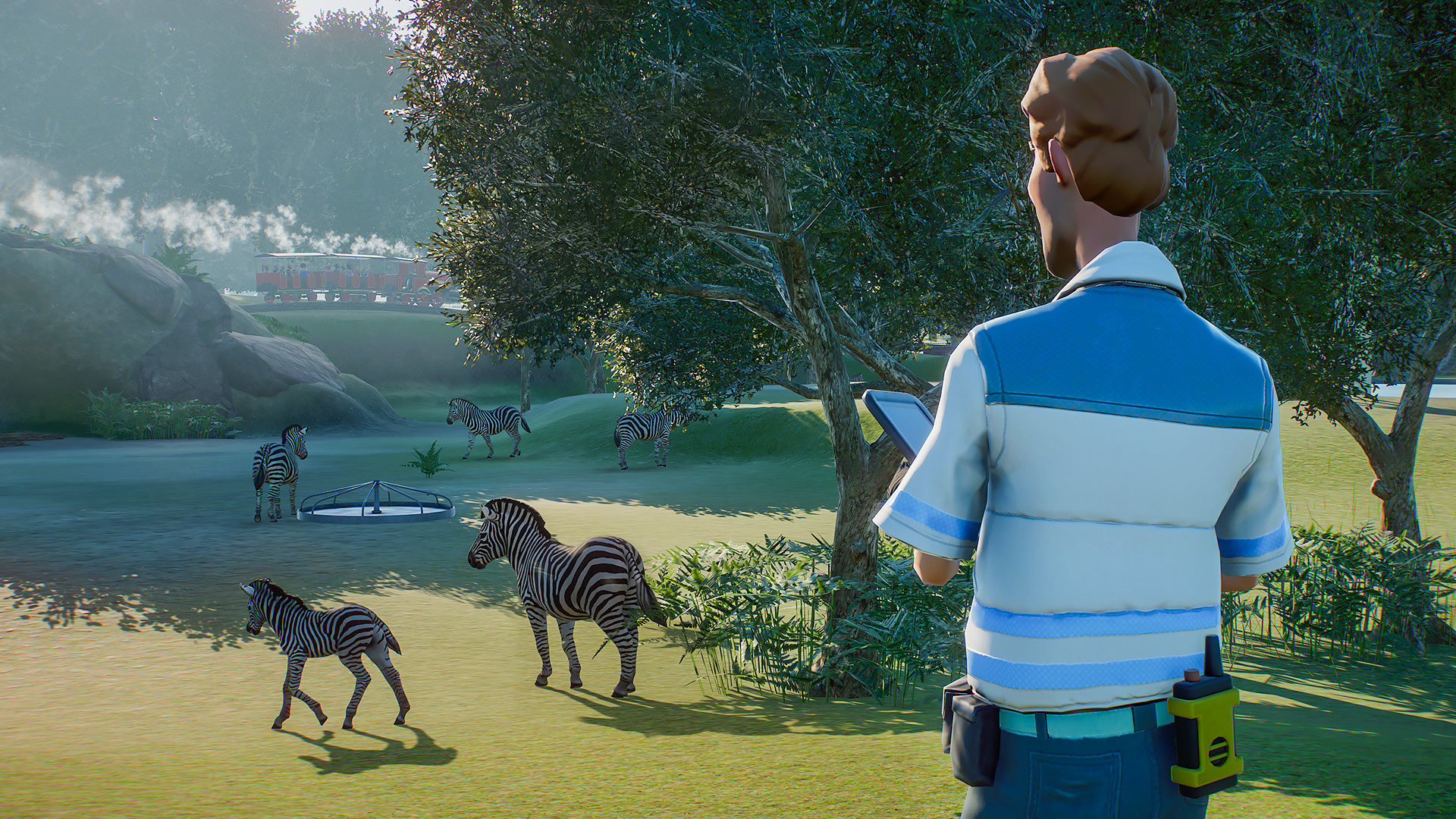
Credit: Frontier Developments
More than just a donation bucket
Stone feels strongly that Blue Fang’s work on the Zoo Tycoon series helped do good for the conservation movement. “From the moment I joined the team, I could see that Blue Fang wanted Zoo Tycoon to be more than just ‘Oh look, cute animal!” he says. Considering the direction that the series was headed before Blue Fang had to shut their doors, it’s no surprise that Frontier continued that trend to make conservation one of the central elements of Planet Zoo’s design. Putney agrees, and he says the impact may be even bigger than we realize.
Putney thinks that the evolution of animal conservation continues to be essential for changing the public’s perception of zoos; many people haven’t been to a zoo in years and still view them as inhumane and cruel. A July 2017 survey in Destinology magazine found that nearly half of the Americans haven’t visited a zoo in the last two years, and that only 25 percent of those non-visitors were aware of their local zoo’s conservation efforts. Pop culture, and especially games like Zoo Tycoon and Planet Zoo, can help people to understand that zoos should be a place not only for people to see and learn about the creatures we share our world with, but also to help these animals to thrive and succeed in that world.
“Sometimes, we tend to shut our eyes and ears to big problems,” Putney says. “It’s very important for people to understand that zoos are a place for animals to thrive and people to learn about them. Video games can have a huge impact in helping people to understand the roles zoos play in saving animal species.”
If you want to help the Kansas City Zoo with its conservation efforts, you can donate here. We also encourage you to look into zoos near you to see how you can help with their own conservation efforts—remember, education is a central component of successful conservation. Finally, The World Wildlife Fund also has several donation options if you are interested in contributing.
Header image credit: Planet Zoo, Frontier Developments

Jordan Baranowski is a freelance writer based out of Kansas City. His video game claim to fame is beating Mega Man X without dying. You can find his work at AMC, Gameskinny, SVG, Looper, Feast Magazine, and more. Follow him on Twitter at @jordality.
